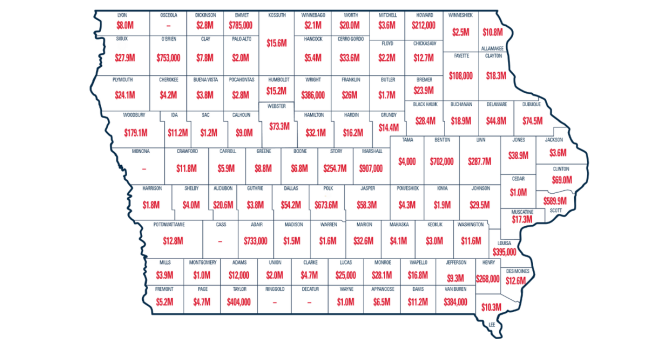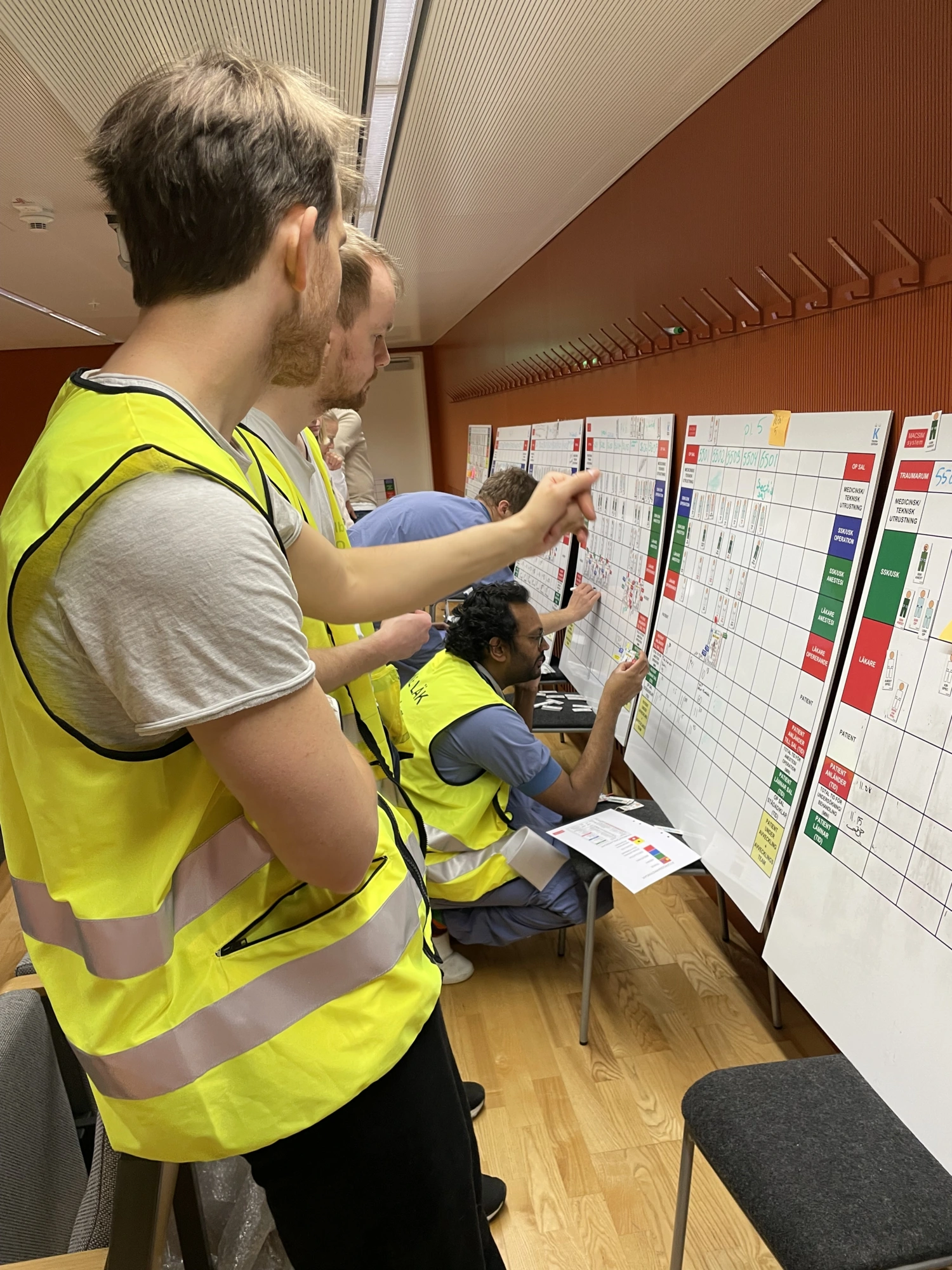Bees are truly incredible!
Did you know that both native and European honeybees reside in well cared for hives at our nation’s Parliament House? Around 14,000 native stingless bees live in two hives at Parliament House in award-winning recycled plastic hives that allow for easier honey harvesting.
While we have loaned these bees for the winter to the kitchen garden of Sydney’s Government House, they will return to us in spring. The importance of native bees residing at these important locations is symbolic of the critical importance that native bees as well as our productive honeybees have for the health and wellbeing of this country.
Bees play a vital role in our nation’s food security. In fact, one-third of the food that the world consumes is aided by bee pollination.
Sadly though, bee populations are under threat globally. This is due to several factors such as destruction and fragmentation of their natural habitat, chemical use in intensive farming practices, and exotic pests and diseases. With Australia home to approximately 2000 species of native bees, they are critical to preserving our country’s rich biodiversity.
But this biodiversity is fragile. Some species of plant can only be pollinated by a certain species of bee. If that pollination doesn’t happen, that plant species cannot reproduce and can become threatened or extinct.
With the benefits of looking after our bees clear, it is also clear that the ACT needs to do what it can to create and sustain environments where these little workers can thrive and maintain both the natural and agricultural processes on which ecosystems and people depend.
As the nation’s Bush Capital, we have more than double the number of trees compared to people and more is being done to achieve our 30% canopy cover target and 30% permeability target for the city.
The ACT is also making concerted efforts to reduce the use of bee-harming chemicals, ban neonicotinoids and reduce the use of glyphosate and other pesticides that can decimate our bee-loved insect populations.
For example, the ACT Government has adopted integrated weed management practices that reduces chemical use and incorporate other techniques such as flame weeding, biological controls and manual weed removal.
We are also providing recommendations on bee-friendly plant species for urban landscape projects as part of the ACT Government’s Municipal Infrastructure Standards to assist with maintaining and enhancing insect-friendly environments. This will help create pollination corridors across our urban environment.
Yet there is always more we can do. A real opportunity is presenting itself with our development of the ACT’s Capital Food and Fibre Strategy. The community and a breadth of stakeholders recently provided feedback on a discussion paper for the Strategy. They supported a range of objectives for the soon to be drafted strategy, including the opportunity for the ACT and broader region to:
- Transition to ecologically sustainable food and fibre production
- Build the drought and climate change resilience of the ACT’s farm sector
- Increase the capacity to produce food and fibre locally
- Support innovation in the food and fibre sector
- Enhance participation, knowledge exchange and employment opportunities across the food and fibre supply chain.
We have had an overwhelming response from Canberrans and people across the region telling us what they want from the Capital Food and Fibre Strategy. In the wake of several natural disasters, and a global pandemic, there is strong recognition of the need to increase our food security and strengthen our supply chains and regional resilience.
To do this, we need the availability of fertile land, nutrients and water in both rural and urban areas as part of an enhanced food production network. These will be a challenge in the face of our growing population and competing demands for land use.
It will also require the engagement, participation and enthusiasm of the Canberra and region’s diversity of people, with the breadth of skills, knowledge and experience that they bring.
The interest in the Strategy shows that we are on the right track.
With this engagement, there is cautious optimism. Cautiousness because of the uncertainty of some stakeholders on whether the strategy will bring meaningful change to the ACT and region to support sustainable and healthy food and fibre production while maintaining our unique biodiversity.
Optimism because this government has the opportunity with this Strategy and the planning reforms to address long-standing issues such as a diversified, innovative and resilient agricultural systems and lease tenure for urban and rural land holders committed to ecological sustainability and land stewardship outcomes.
The Capital Food and Fibre Strategy will be finalised in 2022 and with it, and its subsequent implementation, will come the hopes, health and a hive of opportunities for Canberrans.
In the interim, we as regulators, planners and enablers we need to come together to look at the policy drivers that can support realisation of the vision and objectives of the Strategy.
Bee-fore, I close, let us celebrate World Bee Day by acknowledge the significant role our bees and biodiversity play in the “Well-bee-ing” of all Canberrans, without bees for pollination our agriculture and natural ecosystems would collapse. Bees are critical for our food security, biodiversity and ecosystem health, not simply the pot of honey.
Happy Bee Day!








